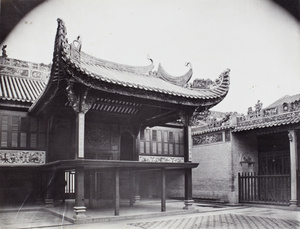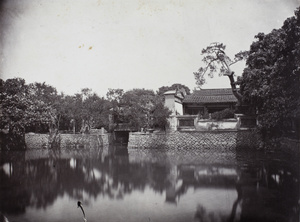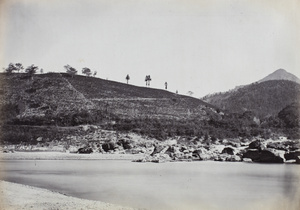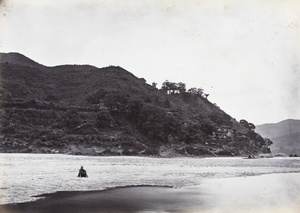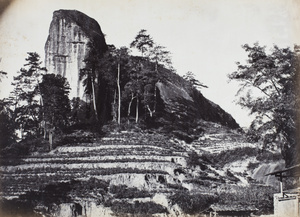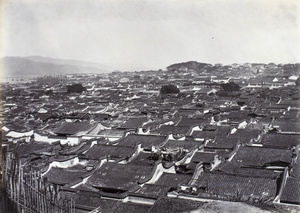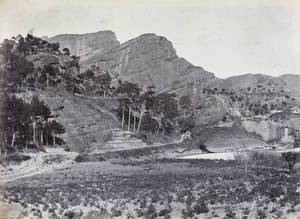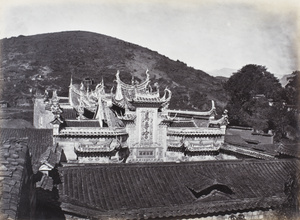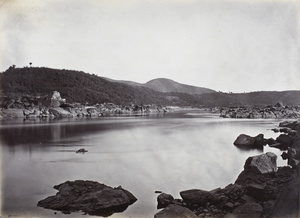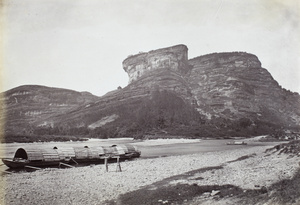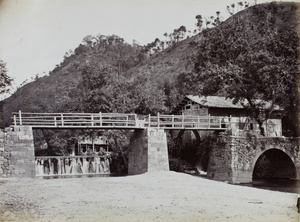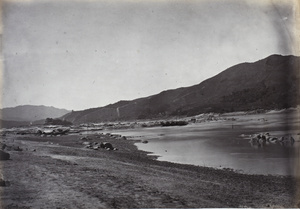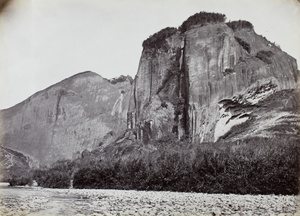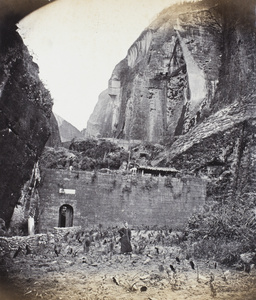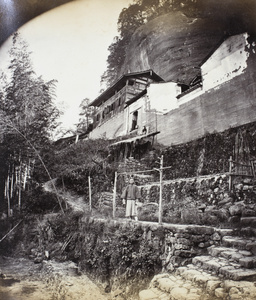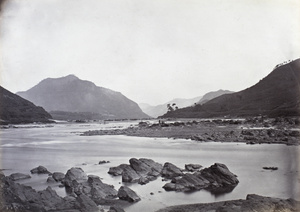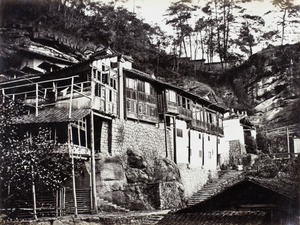Lai Fong (Afong Studio)
LAI Fong 賴阿芳 (c.1839-1890), also known as Afong, Afong Lai, Wah Fong, was 'the pre-eminent nineteenth-century Chinese photographer, especially gifted in both landscape and portrait work, working as a commercial photographer in Hong Kong from 1870, possibly as early as 1859' (Source: Terry Bennett's ‘History of Photography in China - Chinese Photographers - 1844-1879’, Quaritch 2013, pp66-98). Lai Afong is not to be confused with Ah Fong, A Fong, Jim Fong or a photographic portrait studio in Shanghai, named Lai Fong & Co. Lai used 'Afong' as his commercial name and the Afong Studio continued in business until the 1940s, under the guidance of his son. Lai Fong photographed extensively around the area of Fuzhou in 1869 and 1870. Lai Fong had studios at 54 Queen’s Road (1870), 3A Wyndham Street (1872), 8 Queen’s Road (1878) and in Ice House Lane (1885). The Scottish photographer, John Thomson, said Lai Fong was 'a man of exquisite taste', who 'produces work that would enable him to make a living even in London'. Photographers who worked with Lai Fong at the studio included David Knox Griffith (c.1841-1897), Emil Riisfeldt (1846-1893), William Henry Lentz (born 1847) and an unidentified Portuguese assistant. Lai Fong was the subject of a 2020 exhibition, 'Lai Fong (Ca. 1839–1890): Photographer of China', organized by the Herbert F. Johnson Museum of Art at Cornell University, co-curated by Dr Kate Addleman-Frankel, Gary and Ellen Davis Curator of Photography at the Museum, and Stacey Lambrow. See Photography in Hong Kong – Chapter 6 of History of Photography in China: Chinese Photographers 1844-1879 by Terry Bennett (Gwulo: Old Hong Kong).

